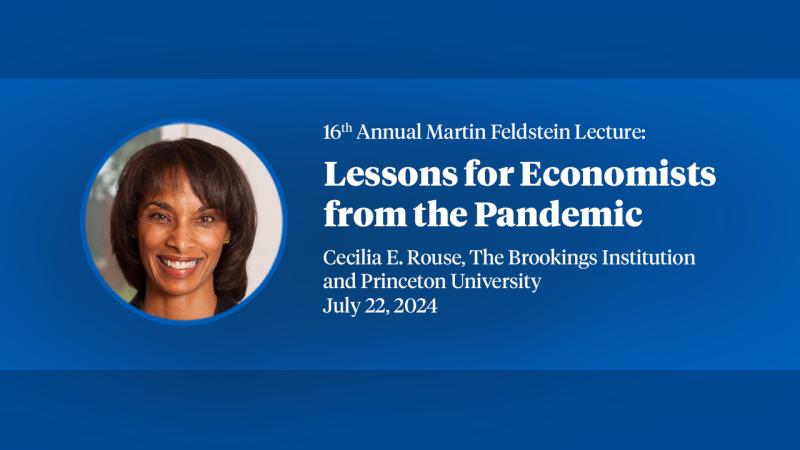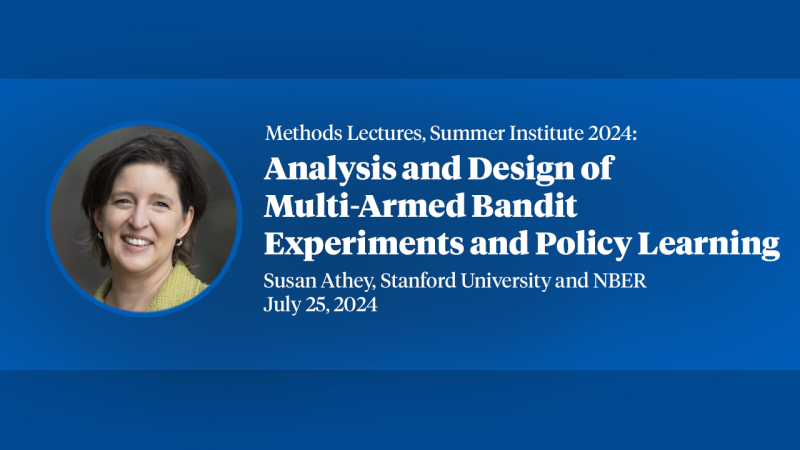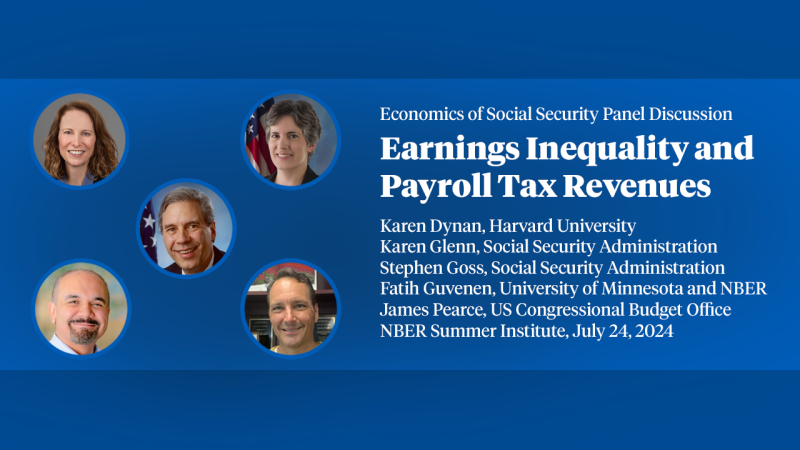Undergraduate Econometrics Instruction: Through Our Classes, Darkly
The past half-century has seen economic research become increasingly empirical, while the nature of empirical economic research has also changed. In the 1960s and 1970s, an empirical economist’s typical mission was to “explain” economic variables like wages or GDP growth. Applied econometrics has since evolved to prioritize the estimation of specific causal effects and empirical policy analysis over general models of outcome determination. Yet econometric instruction remains mostly abstract, focusing on the search for “true models” and technical concerns associated with classical regression assumptions. Questions of research design and causality still take a back seat in the classroom, in spite of having risen to the top of the modern empirical agenda. This essay traces the divergent development of econometric teaching and empirical practice, arguing for a pedagogical paradigm shift.
Published Versions
Joshua D. Angrist & Jörn-Steffen Pischke, 2017. "Undergraduate Econometrics Instruction: Through Our Classes, Darkly," Journal of Economic Perspectives, American Economic Association, vol. 31(2), pages 125-144, Spring. citation courtesy of ![]()


